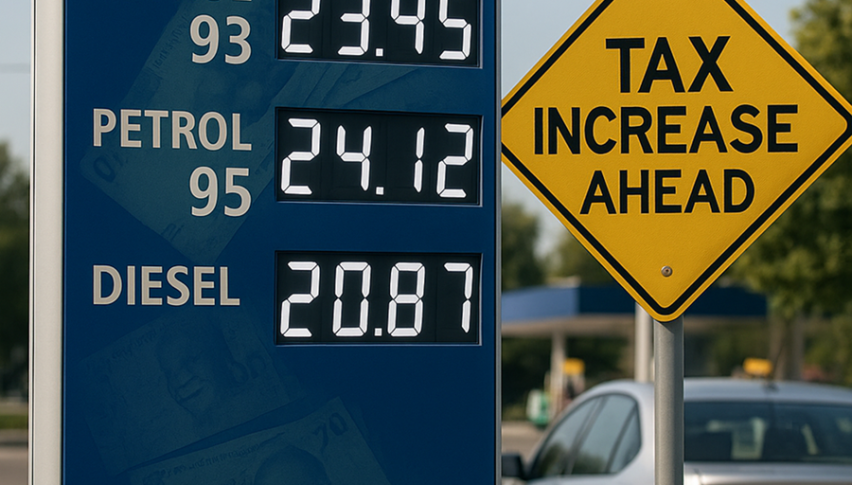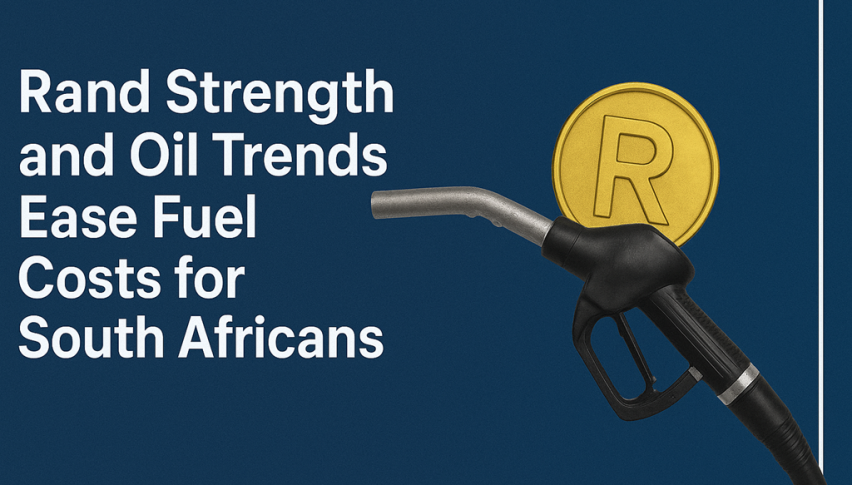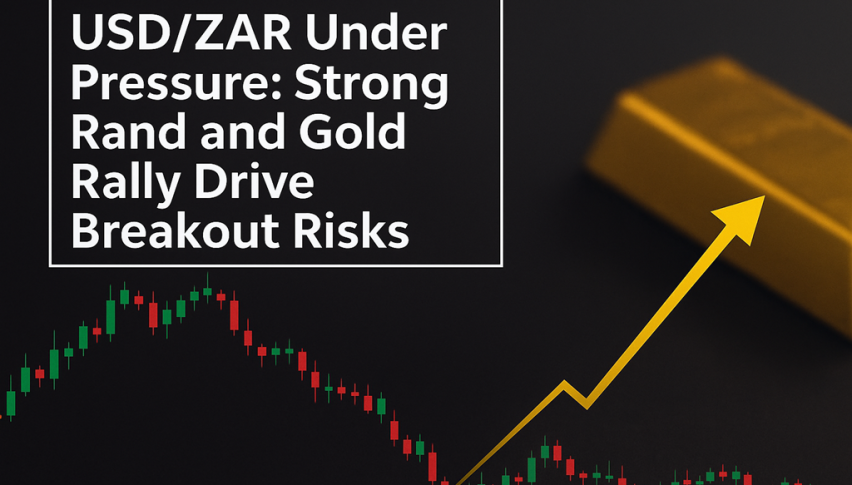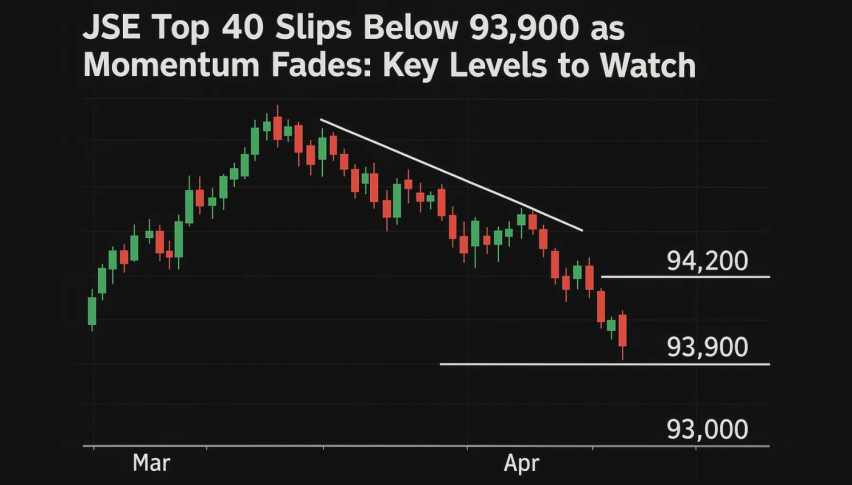South Africa’s June Petrol Price Cuts on the Table Despite Fuel Tax Hike
Despite ongoing declines in oil prices and a stronger rand, fuel tax hikes are set to erode some of South Africa’s relief at the pump.

Quick overview
- South Africa is experiencing a fourth consecutive month of lower petrol and diesel prices due to a stronger rand and declining global oil prices.
- Despite the positive trends, new fuel tax increases will partially offset the relief at the pump, with petrol and diesel taxes rising by 16 and 15 cents per litre, respectively.
- The Central Energy Fund forecasts a 23 cent drop in petrol prices and a 50 cent drop in diesel prices for June, although these figures do not account for the new tax hikes.
- Overall, while consumers may see some cost relief, the impact of the tax increases will temper the benefits from favorable market conditions.
Despite ongoing declines in oil prices and a stronger rand, fuel tax hikes are set to erode some of South Africa’s relief at the pump.
Rand Recovery and Oil Price Weakness Fuel Further Relief at the Pump
South Africa is poised for a fourth consecutive month of lower petrol and diesel prices in June 2025, thanks to a strengthening rand and a prolonged slump in global oil markets. The South African rand has gained more than 10% since mid-April, pushing the USD/ZAR exchange rate below the key 18.00 level—a sharp move from above 20.00 just weeks prior. This currency strength has significantly improved the country’s fuel import costs, enhancing consumer sentiment and further easing inflation expectations.
Concurrently, global crude oil prices have been under sustained pressure. Brent crude, which had fallen below $60 per barrel, managed to rebound to around $65 but has failed to build solid momentum. U.S. West Texas Intermediate (WTI) crude has seen a similar trend, dipping below $55 before recovering to the $60 mark. Although crude prices have seen some bounce, they remain far from previous highs—an important factor driving the local decline in pump prices.
Fuel Tax Increases Announced Despite Positive Market Trends
However, the good news for motorists is being partially offset by the announcement of new fuel tax increases. Finance Minister Enoch Godongwana’s third revised budget for 2025 has reintroduced annual inflation-linked adjustments to fuel taxes—breaking a three-year freeze.
Effective June 4, 2025, the general fuel levy will increase to R4.01 per litre for petrol and R3.85 per litre for diesel. This represents a 16 cent and 15 cent per litre increase, respectively. The carbon fuel levy will remain unchanged at 3 cents per litre. In total, the combined increase will amount to 18 cents per litre on petrol and 19 cents per litre on diesel, raising the total tax burden to R6.37 for petrol and R6.24 for diesel. These figures now account for approximately 30% and 33% of the total fuel price, respectively.
Although the planned increase in VAT has been scrapped, the fuel tax adjustment is intended to partially compensate for the lost revenue. Analysts had widely expected such a move, given the fiscal constraints facing the government.
CEF Forecast: Pump Prices Still Set to Decline in June
Despite the tax increases, motorists may still see lower prices at the pump in June. The latest data from South Africa’s Central Energy Fund (CEF) suggest a 23 cent per litre drop in petrol and a larger 50 cent per litre decline in diesel. These estimates, however, do not yet factor in the additional levies from the revised budget.
Should the budget be passed and the tax hikes implemented as planned, the effective savings at the pump will be reduced—but not entirely eliminated. Over-recovery trends remain intact, indicating continued downward pressure on retail fuel prices, albeit modest.
South Africa: Fuel Price Adjustments – Central Energy Fund Update
- Petrol 93 Octane:
Price expected to drop by 4 cents per litre, offering a slight relief to inland motorists who typically use this grade. - Petrol 95 Octane:
A marginal 3 cent per litre decrease is anticipated, mostly affecting coastal regions where this grade is more commonly used. - Diesel 0.05% Sulphur:
Set for a more significant drop of 33 cents per litre, which could ease transport and logistics sector costs. - Diesel 0.005% Sulphur (Low Sulphur):
Expected to fall by 34 cents per litre, supporting industries reliant on cleaner-burning diesel. - Illuminating Paraffin:
A 52 cent per litre reduction is projected, bringing some cost relief to lower-income households and rural areas where paraffin is widely used for heating and lighting.
The latest fuel price snapshot from South Africa’s Central Energy Fund (CEF) signals broad-based decreases across all major fuel categories. While petrol prices are seeing only modest adjustments, the larger drops in diesel and paraffin offer more tangible benefits for both industry and households. If these trends hold through the month, consumers may experience minor but welcome cost relief at the pump and in everyday living.
Conclusion: While global conditions and currency strength continue to support lower fuel prices in South Africa, the new inflation-linked tax hikes threaten to dampen the overall impact. The coming months will test the balance between international market dynamics and domestic fiscal policy, as consumers brace for a mixed outcome at the fuel pumps.
- Check out our free forex signals
- Follow the top economic events on FX Leaders economic calendar
- Trade better, discover more Forex Trading Strategies
- Open a FREE Trading Account


